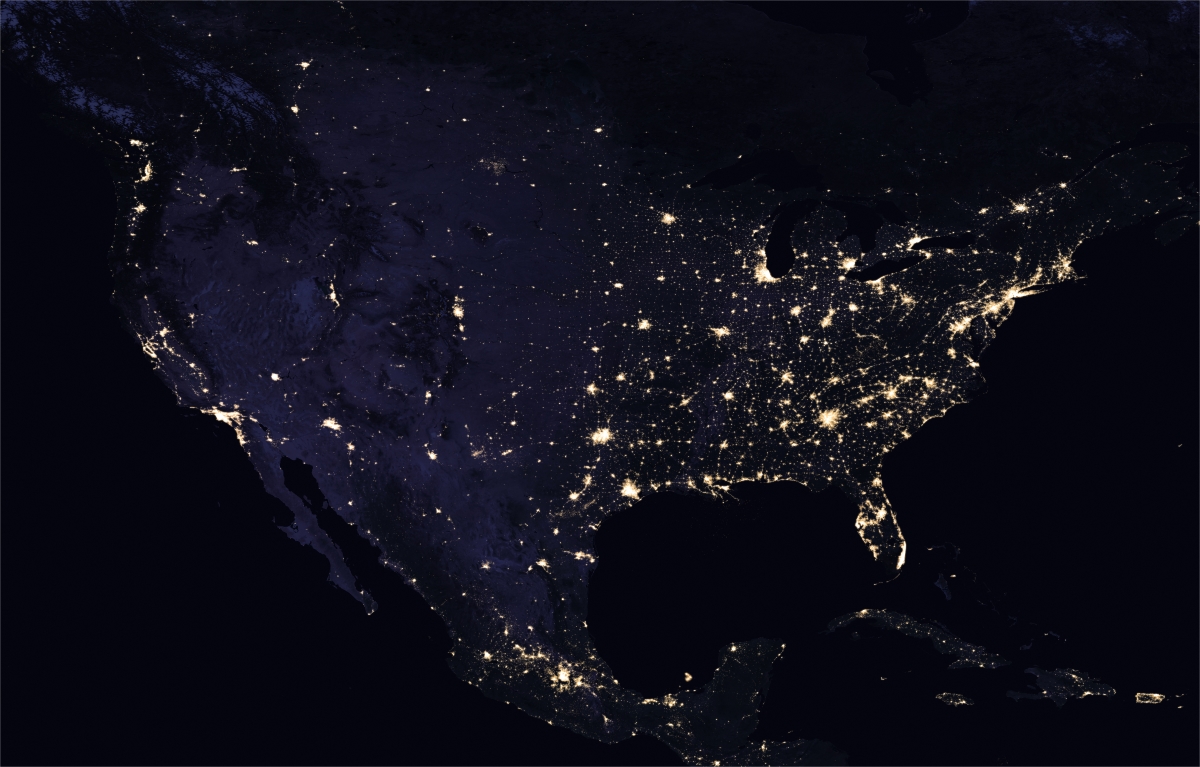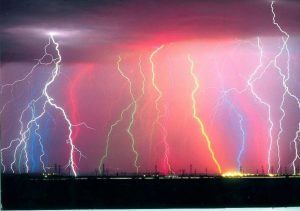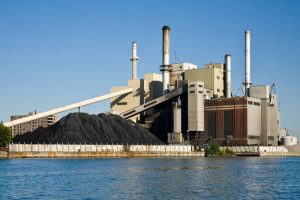
By Rama Zakaria and Michael Panfil, Environmental Defense Fund
Editor’s Note: The authors’ original blog post was published in May. In June, the Trump administration directed Secretary of Energy Rick Perry to take steps to bail out uneconomic coal and nuclear plants across the United States. As of press time, the DOE had not acted.
Whether or not our electric grid is “resilient” and what, if anything, should be done to make it more so, has been a topic of intense scrutiny in the past year.
The stakes in this debate reached new dimensions last fall with a highly controversial proposal by Sec. Rick Perry and the US Department of Energy (DOE), which claimed that the premature retirement of uneconomic coal and nuclear plants threaten the resilience of the electric grid. DOE’s flawed proposal—to bail out these plants through a profit-guarantee mechanism—was considered and unanimously rejected in January by the Federal Energy Regulatory Commission (FERC), the agency charged with overseeing our nation’s electric grid. DOE’s proposal, in short, was an incredibly bad idea.
When FERC dismissed DOE’s proposal it opened a new proceeding, asking a series of questions about grid resilience.
A Customer-focused Framework for Electric System Resilience, a new report authored by Alison Silverstein and Grid Strategies, aims to answer these questions. The report, commissioned by the Environmental Defense Fund and the Natural Resources Defense Council, recommends a customer-centric framework for evaluating electric system resilience and concludes that the most effective resilience solutions center upon the wires connecting the grid: distribution and, to a lesser extent, transmission. By contrast, generation-related solutions—like keeping dirty coal and uneconomic nuclear plants online past their retirement dates—are the least effective for improving resilience.
Resilience and Reliability Are Intertwined
According to the report, power system resilience is closely intertwined with and functionally inseparable from reliability. Reliability is already ensured by grid operators aiming to reduce the probability of power interruptions, while resilience aims to reduce the damage from and duration of outages.
Many reliability measures improve resilience, and the same entities responsible for providing reliability also provide resilience. In fact, FERC, together with the North American Electric Reliability Corporation (NERC), is already addressing the resilience of our electric grid under the umbrella of reliability. However, resilience also requires action by distribution system providers and end users, suggesting that action beyond FERC’s jurisdiction—by state regulators, for example—is important.
 The report confirms earlier findings by the Rhodium Group that over 90 percent of customer outages are due to distribution-level problems, and most are weather-related. Damage to the transmission system, while infrequent, can lead to more widespread power outages that affect a large number of customers. On the other hand, generation shortfalls cause a fraction of customer outages. Between 2003 and 2017, only 0.2 percent of all customer-outage hours (including 0.0002 percent from fuel supply problems) were caused by generation shortfalls.
The report confirms earlier findings by the Rhodium Group that over 90 percent of customer outages are due to distribution-level problems, and most are weather-related. Damage to the transmission system, while infrequent, can lead to more widespread power outages that affect a large number of customers. On the other hand, generation shortfalls cause a fraction of customer outages. Between 2003 and 2017, only 0.2 percent of all customer-outage hours (including 0.0002 percent from fuel supply problems) were caused by generation shortfalls.
Resilience Should Be Customer-Centric
Silverstein and Grid Strategies emphasize the importance of examining resilience using a holistic approach and a broad framework that focus on the customer experience. Under such a framework, the power system starts with the customer and expands to distribution, transmission, generation, and fuel supply. Resilience is measured from the customers’ perspectives.
There are many threats that need to be considered when assessing power system resilience. These include natural hazards such as hurricanes and ice storms, geomagnetic disturbances from solar weather and electromagnetic pulses, and cyber and physical attacks. Given the impacts of climate change, extreme weather hazards are increasing in both severity and frequency and are projected to get worse over time. Although the bulk of customer outages occur at the distribution level, both distribution and transmission are most vulnerable to almost all major threats—which is why efforts to improve resilience should focus on these assets.
While it is impossible to eliminate—and extremely costly to protect against—all threats, an all-hazards approach can manage risk by planning for as many threats as possible. Given resource limitations, policymakers need to evaluate the cost and effectiveness of different resilience measures. Silverstein and Grid Strategies recommends that resilience measures be evaluated based on customer impact.
The authors find that the most cost-effective and highest value resilience measures address distribution and transmission improvements as well as customer protection efforts such as distributed generation like energy storage, which can help people survive outages more safely.
“No Evident Need” to Compensate Generators for Resilience
The authors also find that generation-related solutions—the type of approach reflected in DOE’s flawed coal bailout proposal—are not effective at reducing customer outages. Generation and fuel supply shortages rarely cause customer outages, and no single unit or type of generation is critical or resilient in itself.
 For example, coal and nuclear units are not good at providing many essential reliability services such as flexibility, frequency regulation, and response. Instead, grid operators have always relied on a portfolio of supply- and demand-side resources to provide reliable and affordable electricity to Americans.
For example, coal and nuclear units are not good at providing many essential reliability services such as flexibility, frequency regulation, and response. Instead, grid operators have always relied on a portfolio of supply- and demand-side resources to provide reliable and affordable electricity to Americans.
According to the authors, it is important for markets to compensate for delivered services and avoid compensation for attributes. In other words, reliability services or products should be defined in a technology-neutral manner based on actual system needs instead of characteristics of resources such as whether they have “on-site fuel.”
NERC has already defined essential reliability services to include frequency support, voltage support, and flexibility, or ramping. The authors find no evident need to compensate generators or other assets for bulk power system resilience beyond the technical needs already identified by electrical engineers. Well-designed markets that properly compensate flexibility and allow all resources to participate, including distributed energy resources, are best capable of supporting reliability and resilience.
Instead of wasting Americans’ time and money looking at ways to prop up uneconomic generators such as coal in the name of resilience, policy-makers should focus attention on distribution, transmission, and customer-protection measures that can actually help improve the resilience of our power system.
Rama Zakaria is the Senior Manager for EDF’s Climate and Energy, Legal and Regulatory team where she provides policy and technical analysis on energy and environmental regulations.
Michael Panfil is the Director of Federal Energy Policy and Senior Attorney, where he engages in federal litigation, regulatory, and policy efforts across the country to advocate for an environmentally friendly and economically-efficient electricity sector.
